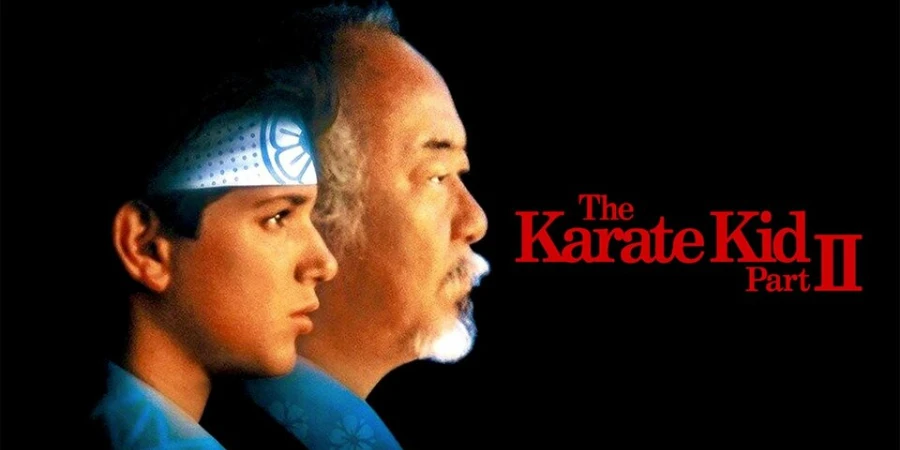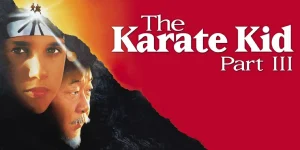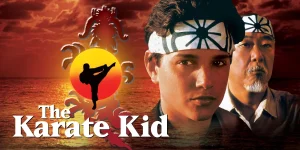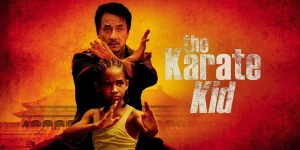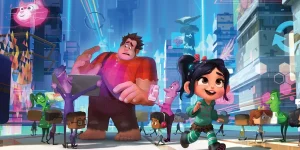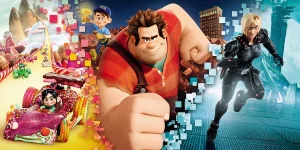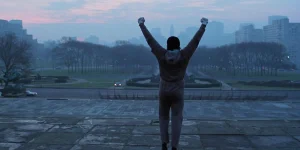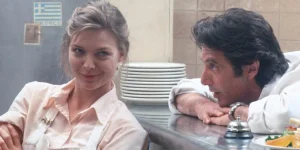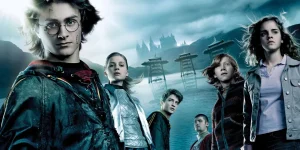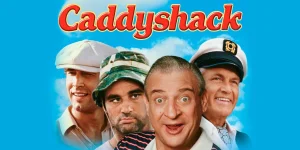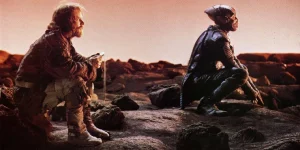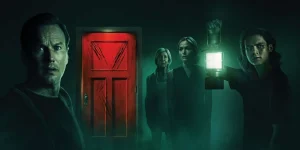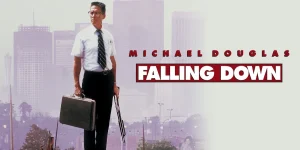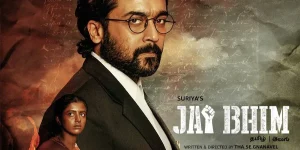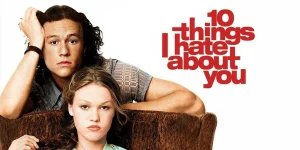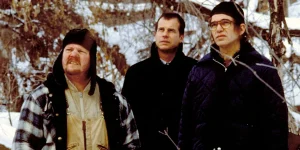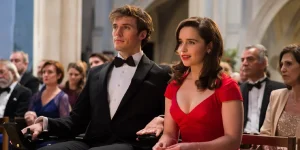The Karate Kid Part II, directed by John G. Avildsen, picks up immediately after the first film and takes Daniel LaRusso (Ralph Macchio) and Mr. Miyagi (Pat Morita) to Okinawa, Japan. The sequel deepens their bond, explores Mr. Miyagi’s past, and raises the stakes from tournament rivalries to matters of honor, tradition, and life-or-death combat.
Table of Contents
ToggleDetailed Summary
Picking Up Where We Left Off
The movie opens immediately after the All Valley Karate Tournament. John Kreese, humiliated by Johnny’s loss, attacks his own student in the parking lot. Mr. Miyagi intervenes with grace and restraint, humiliating Kreese without ever throwing a punch. This scene sets a tone: this sequel isn’t just about karate—it’s about philosophy, legacy, and dignity.
A Letter from Okinawa
Mr. Miyagi receives a letter informing him that his father is dying. He must return to his hometown of Tomi Village in Okinawa. Daniel decides to join him. Once there, the peaceful journey takes a turn: Mr. Miyagi reconnects with his old love, Yukie, and faces his former best friend-turned-rival, Sato, who still holds a decades-old grudge over a broken engagement and a challenge to a death match.
Daniel Finds Trouble in Paradise
While Miyagi deals with his past, Daniel experiences Okinawa’s culture—and hostility. He meets Kumiko, a graceful dancer and Yukie’s niece, and they begin a sweet romance. But Daniel also crosses paths with Chozen, Sato’s nephew, who is dishonorable, corrupt, and aggressive. Their conflict escalates rapidly, especially after Daniel publicly exposes Chozen’s cheating in local markets.
The Storm and the Redemption
A pivotal moment occurs when a typhoon strikes the village. During the storm, Daniel and Miyagi risk their lives to save a child trapped in a bell tower. Sato, who is pinned under debris, is saved by Miyagi. Moved by the act, Sato finally lets go of his grudge, calls off the challenge, and even begins to help rebuild the village.
But Chozen is not so easily swayed.
Movie Ending
The climax occurs during a traditional Obon festival, where Kumiko is scheduled to perform a ceremonial dance. Chozen crashes the event, takes Kumiko hostage, and forces Daniel into a real fight—one with no rules, no referee, and potentially lethal consequences.
The fight is far more intense than anything Daniel faced in the first film. Chozen fights to kill. Mr. Miyagi can’t intervene. Daniel must rely not only on Miyagi’s teachings but also on his own instincts and inner strength.
Daniel finally defeats Chozen using a move Miyagi taught him earlier in the film: the drum technique, which relies on timing and circular motion. When Chozen lies beaten, Daniel has the chance to finish him—but instead shows mercy, echoing Mr. Miyagi’s own values. He says, “Live or die, man?” When Chozen chooses death, Daniel delivers a honk to his nose, mocking his aggression and showing he won’t stoop to his level.
The final scene is Daniel and Kumiko together, victorious and at peace, watched over with pride by Mr. Miyagi. The film ends not with a fight, but with the affirmation of character.
Are There Post-Credits Scenes?
No, The Karate Kid Part II does not have any post-credits scenes. The story concludes before the credits roll, in a definitive and satisfying way, true to movies of its era.
Type of Movie
This is a coming-of-age martial arts drama with strong elements of romance, cultural discovery, and philosophical themes. Unlike the first film’s underdog sports vibe, Part II leans heavily into emotional and personal growth, with a tone that is more serious and mature.
Cast
- Ralph Macchio as Daniel LaRusso
- Pat Morita as Mr. Kesuke Miyagi
- Nobu McCarthy as Yukie
- Tamlyn Tomita as Kumiko
- Danny Kamekona as Sato
- Yuji Okumoto as Chozen
- Martin Kove as John Kreese (in opening scene)
Film Music and Composer
The music was composed by Bill Conti, who returned after scoring the original film. His work once again blends Eastern musical motifs with inspirational orchestral themes. The standout track is “Glory of Love” by Peter Cetera, which became a Billboard hit and the movie’s romantic anthem.
Filming Locations
Although set in Okinawa, Japan, much of the film was shot in Oahu, Hawaii, particularly the villages of Waialua and Kualoa Ranch. These areas stood in for Tomi Village, offering scenic authenticity. The decision to film in Hawaii allowed the filmmakers to depict rural Japanese culture while managing logistical constraints.
Awards and Nominations
- Pat Morita received critical acclaim, though not an Oscar nomination this time.
- Peter Cetera’s “Glory of Love” was nominated for an Academy Award and won a Grammy.
- The movie was a box office success, though it didn’t reach the critical heights of the original.
Behind the Scenes Insights
- Ralph Macchio was 24 during filming, playing a 17-year-old.
- The scene during the typhoon was shot using enormous wind machines and water tanks. It was among the most complex of the shoot.
- Yuji Okumoto choreographed many of his own fight moves to make Chozen more brutal and unpredictable.
- Tamlyn Tomita’s dance scene was based on real Okinawan rituals and required weeks of rehearsal.
Inspirations and References
- The story was original but inspired by Japanese traditions and director John Avildsen’s interest in moral storytelling.
- Mr. Miyagi’s character was loosely inspired by karate master Fumio Demura, who also served as a stunt double.
- The film draws thematic parallels to samurai code, particularly in Miyagi and Sato’s conflict over honor and mercy.
Alternate Endings and Deleted Scenes
- A deleted scene showed Daniel returning to California and hinting at his future with Kumiko, but it was removed to keep the story contained in Okinawa.
- An alternate take of the final fight included more brutal choreography, but was toned down to retain the PG rating.
Book Adaptations and Differences
A novelization of the film was released around the same time, which delves more deeply into the characters’ inner thoughts. In the book:
- Sato’s transformation is more gradual.
- There’s more history between Chozen and Kumiko, hinting at jealousy.
- Daniel trains more intensively with Miyagi in the drum technique, giving more context to its effectiveness.
Memorable Scenes and Quotes
Key Scenes
- Mr. Miyagi humiliating Kreese with his signature “honk”.
- Daniel and Kumiko’s tea ceremony, showcasing cultural respect and budding romance.
- The typhoon rescue of the young girl.
- The final fight with Chozen under the lanterns at the Obon festival.
Iconic Quotes
- Mr. Miyagi: “For man with no forgiveness in heart, life worse punishment than death.”
- Daniel: “Live or die, man?”
- Mr. Miyagi: “Never put passion before principle. Even if win, you lose.”
Easter Eggs and Hidden Details
- The “drum technique” is visually foreshadowed throughout the film, with subtle references to circular motions in dance and training.
- Mr. Miyagi’s Medal of Honor, briefly shown, hints at his decorated WWII service (also referenced in the first film).
- Sato’s dojo has a cracked wooden beam—symbolizing his broken relationship with Miyagi.
Trivia
- This is the only film in the original trilogy that doesn’t feature a karate tournament.
- The film was a huge hit in Japan, despite being shot in Hawaii.
- Tamlyn Tomita (Kumiko) was making her acting debut.
- Yuji Okumoto reprised his role as Chozen decades later in the Cobra Kai series.
Why Watch?
If you loved the original Karate Kid but want a story with deeper emotional stakes, Part II is a natural evolution. It explores themes of honor, cultural identity, and forgiveness, and showcases Pat Morita’s unforgettable performance in a more personal light. Plus, the final showdown is one of the most intense one-on-one fights in ’80s cinema.
Director’s Other Movies
- The Karate Kid (1984)
- Rocky (1976)
- Lean on Me (1989)
- 8 Seconds (1994)
- Inferno (1999)
Recommended Films for Fans
- The Karate Kid Part III (1989)
- Rocky II (1979)
- Red Belt (2008)
- Enter the Dragon (1973)
- Ip Man (2008)

